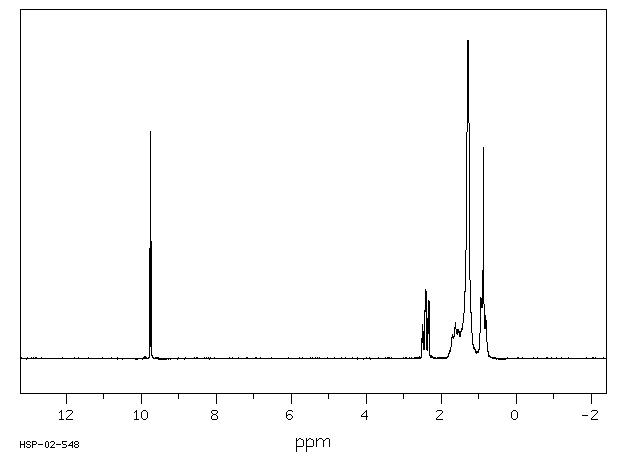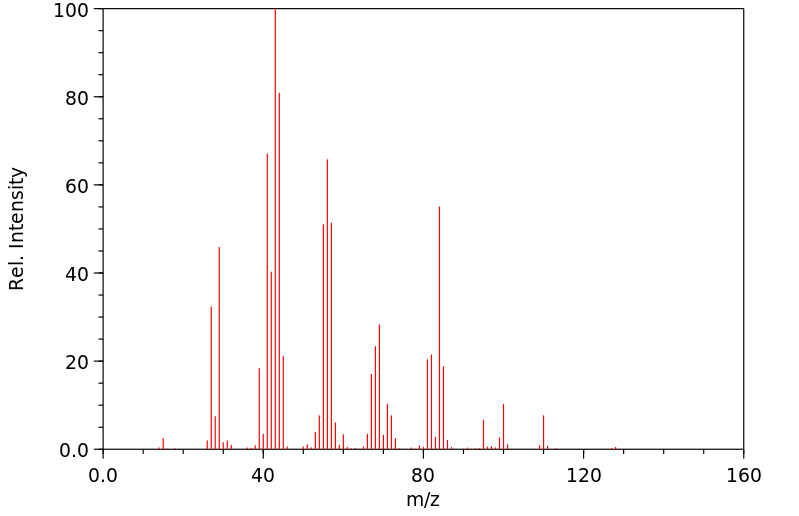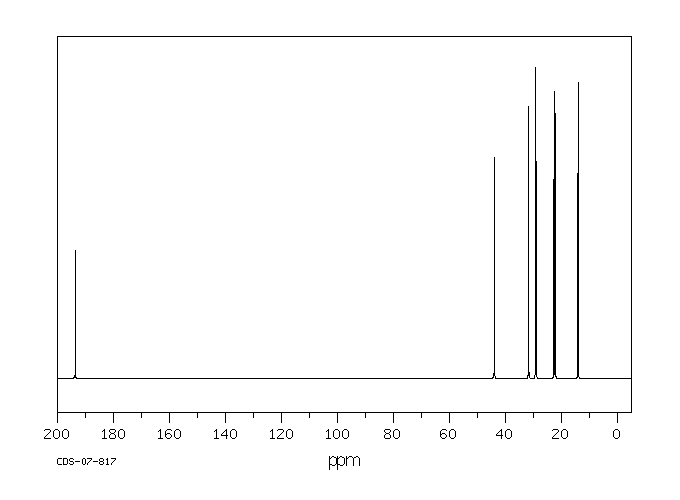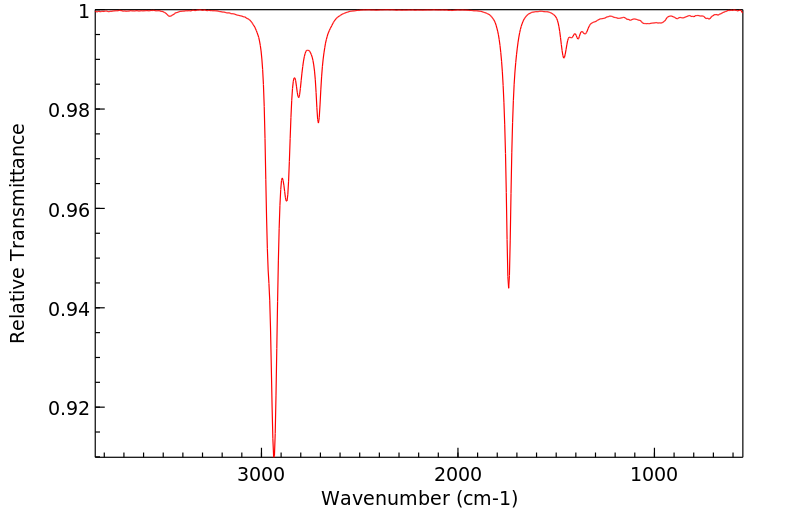毒理性
识别和使用:辛醛(辛醛)是一种无色液体。它在香水工业中用于制备合成柑橘油和合成α-己基肉桂醛。人体研究:在体外培养的人类A549细胞中,辛醛影响几种趋化因子和炎症细胞因子的表达,并增加了释放的白细胞介素6(IL-6)和IL-8的水平。微阵列分析确定了在辛醛暴露下A549人肺泡细胞中差异表达的15种miRNAs。动物研究:在 rats 中,它显著降低了活产仔数,但仅在导致母体毒性的剂量下。辛醛在含有和不含有代谢活化的Salmonella typhimurium TA98、TA100、TA1535和TA1537中进行了测试。没有观察到细胞毒性和遗传毒性效应。生态毒性研究:一种涉及膜过氧化的膜损伤机制可能有助于辛醛对P. digiTAtum孢子抗菌活性的作用。辛醛刺激了真菌Aspergillus parasiticus产生黄曲霉毒素。
IDENTIFICATION AND USE: Octylaldehyde (Octanal) is a colorless liquid. It is employed in the perfume industry for the preparation of synthetic citrus oils and for the synthesis of alpha-hexylcinnamaldehyde. HUMAN STUDIES: In vitro in human A549 cells octanal affects the expression of several chemokines and inflammatory cytokines and increases the levels of interleukin 6 (IL-6) and IL-8 released. Microarray analysis identified 15 miRNAs that were differentially expressed in octanal-exposed A549 human alveolar cells. ANIMAL STUDIES: It induced a significant decrease in the number of live pups in rats but only at a dose which causes maternal toxicity. Octanal was tested in Salmonella typhimurium TA98, TA100, TA1535 and TA1537 with and without metabolic activation. No cytotoxic or genotoxic effects were observed. ECOTOXICITY STUDIES: A membrane damage mechanism involving membrane peroxidation might contribute to the antifungal activity of octanal against P. digitatum spores. Aflatoxin production by the fungus Aspergillus parasiticus was stimulated by octanal.
来源:Hazardous Substances Data Bank (HSDB)










